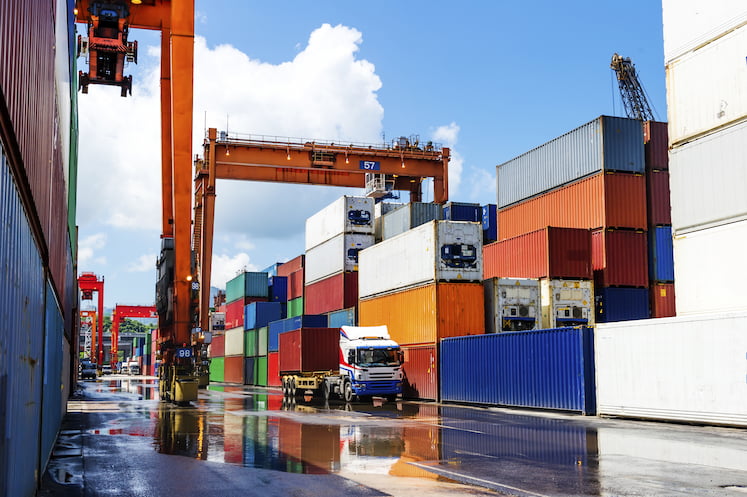The announcement of the expansion of the instant asset write-off, to 'temporary full expensing' was one of the big wins for small and medium enterprises in this year's Federal Budget.
But what does this temporary full expensing allow, how can it help your business, and what are some of the key concerns with getting it wrong?
Ernst & Young Tax Partner Tony Merlo deciphers this budget measure and the impact it can have on your business.
What is temporary full expensing?
As part of its push to help improve business’ cash flow, the Federal Government is introducing temporary full expensing of depreciable assets for businesses with turnover below $5 billion a year.

For eligible assets purchased from 6 October 2020 and first used or installed by 30 June 2022, there will be no limit placed on the value applied to full expensing.
Expanding on the Federal Government’s instant asset write-off scheme, which was revised up from $30,000 to $150,000 in March, the Government estimates temporary full expensing will impact about 3.5 million or 99 per cent of Australian businesses.
Merlo says in addition to scrapping the cost limit, the measure provides businesses additional flexibilities that were not in place before this budget.
“It allows for a full write off of second-hand assets provided the business's turnover is less than $50m, whereas previously there was a limit of assets costing up to $150,000 for businesses that had turnovers between 10 and $50 million,” he explains.
“In addition, there's a full write off for any for the cost of any improvements that a business might make to existing assets.
“Another important one for small and medium businesses with a turnover of less than $10 million (is) they can write off any assets that they have unwritten off within their asset register or their depreciation pool... immediately as well.”
Merlo comments that this measure will effectively bring forward expenditure that businesses had intended to make but may have held off on due to the impact of COVID-19.
“In essence, because it's giving you the tax deductions you always would have been entitled to but at a faster rate, it's giving it to you upfront. The main difference is it's essentially equivalent to an interest-free loan from the government to purchase an asset."
How can it apply to your business?
As long as you have a turnover of less than $5b per annum, you can write off assets for your business to an unlimited value.
For example, a food services company could purchase a new refrigeration unit for $1m and could claim an immediate tax deduction for that amount.
Assets purchased must fit within the eligibility criteria for the measure, which can be found on the ATO website.
The instant asset write off and loss carry back measures are both designed to reduce the tax burden of small and medium businesses this financial year.
What to watch out for
Merlo warns that the new rules only apply to companies – small businesses operating through trusts or partnerships or as a sole trader cannot apply.
He also says there may be lengthy delays in any cash refunds, as claims would not be processed until after 2021 income tax returns are lodged, including for 2020 losses.
Entitlements may also be lower than expected, as calculations are based on the tax rate of the loss year, which may be a lower rate than applied in the previous year when tax was paid, under the staged reduction in company tax rates for “base rate entities”.






